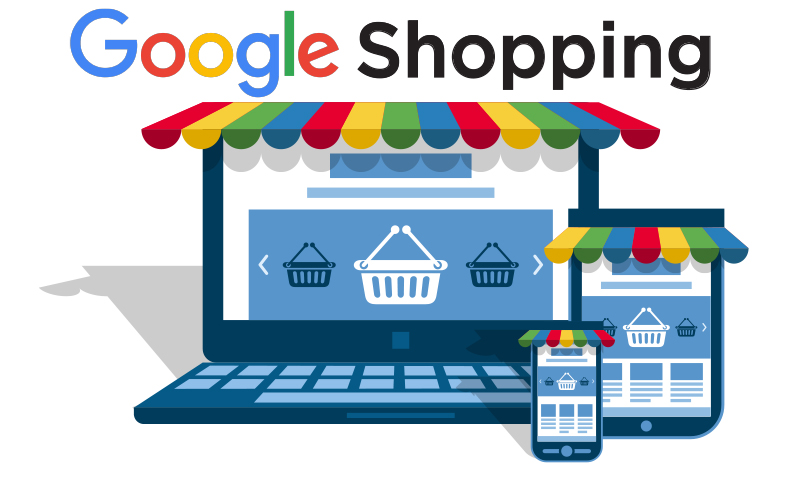Any retail business investing in digital marketing is likely using product listing ads. Product listing ads, also known as PLAs or Google Shopping campaigns, are a type of ad unit shown in Google and run off of the same CPC system as standard pay-per-click text ads. However, unlike a PPC ad, a PLA unit is created from a variety of attributes in a product data feed.
There are many things advertisers can do with their PLA campaigns, but there are a few known tricks that seem to work well despite the industry.
Take a look at these 5 tips to get your PLA strategy on track.
1. Update Titles & Descriptions
To any SEO professionals reading this post, the recommendation of updating titles and descriptions is likely a given. However, many marketers bid on product ads based on raw product data. Whatever a title and product description is coming out of an e-commerce platform is what goes into the ad unit. Be sure you optimize your titles and descriptions to match not only what you are trying to sell, but what your customers are searching for.
2. Use Device Bid Modifiers
It’s no secret that everyone is on a mobile device. However, not everyone makes a purchase from their mobile phone. Most purchases (especially higher priced purchases) begin on a mobile phone and end on a desktop or laptop computer. If this sounds like your customer, consider limiting your mobile bids through Google Ads’ bid modifier (located in both campaign and ad group settings). If you want to get really into your data, consider splitting campaigns by device so you can see additional metrics from your mobile shoppers.
3. Mine Search Query Data
Unlike a PPC ad where you determine the keyword you want to show an ad for, product listing ads match to a variety of user search queries based on your product information. For this reason, it’s critical to keep an eye on the search queries you are matching to. In many cases, you’ll want to negate queries at the campaign or ad group level to really refine your PLA traffic. Failing to stay on top of search queries will result in inefficient ad spend.
4. Remarket to Existing Customers
What if I told you that you could see a return of 4x on your product listing ad campaigns? Well, you can get there with remarketing. Remarketing, also known as remarketing lists for search ads (RLFSA), allow shopping campaign advertisers to bid up (or down) on customers they have already interacted with. If you have a pool of customers who reached your checkout landing page but did not complete the purchase, put them into a remarketing list and modify your base bids by +200% or more. Conversely, if you identify a group of traffic that never converts from your site for one reason or another, put them into a remarketing list and use bid modifiers to reduce your bids.
5. If Comfortable, Use Automation
The sales team and engineers at Google have been pushing automation for the last few years. Automation, in the form of machine-learned bid algorithms, help advertisers focus on their overall PLA strategy and less on day-to-day bidding. If you’re managing a large product catalog, automation is a must. Begin by using eCPC with your campaigns and slowly lean into target ROAS or target CPA (depending on your primary KPI).
You can find more tips like these by following my personal LinkedIn. And if you’re in need of PLA management (feed management, campaign creation, search query mining, etc.), check out Octiv’s Google Shopping management services.



